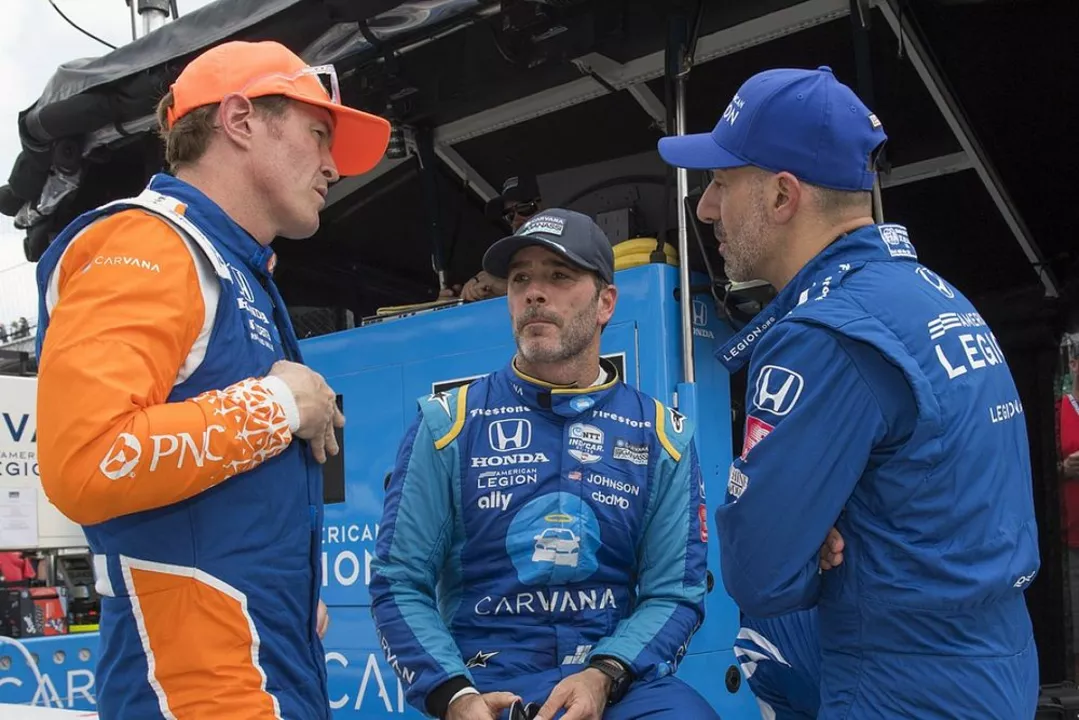Qualification in Motorsport: What It Is and Why It Counts
When talking about Qualification, the timed session that decides the starting grid for a race. Also known as qualifying, it is the first step that turns raw speed into a strategic advantage. Qualification isn’t just a formality; it directly influences who gets the best start position and shapes the whole race narrative.
One of the most coveted outcomes of a qualifying session is Pole Position, the front‑most spot on the starting grid. Securing pole means you start ahead of everyone else, which often translates into a better chance of winning, especially on tracks where overtaking is tough. The link is simple: qualification determines pole position, and a good pole can dictate race strategy from the first green flag.
How Time Trials Drive the Process
Most series rely on a Time Trial, a single‑lap effort where drivers aim for the fastest possible lap. During the trial, drivers push their cars to the limit, and the fastest lap earns the top grid spot. In this way, time trial is a method used in qualification. The format varies—some use a knockout system, others a straight‑shootout—but the goal stays the same: extract the ultimate lap time.
Once all drivers have completed their laps, the results are compiled into a Grid Order, the sequence of starting positions for the race. The grid order reflects the hierarchy set by qualification and dictates who has to fight through traffic and who enjoys a clear run. Thus, grid order results from qualification outcomes, linking performance on the track to the race day scenario.
Why does this matter to fans and teams? Because the performance gap in qualification often signals the competitive balance for the race. A tight qualifying spread suggests a close battle ahead, while a large gap can hint at a dominant car or driver. Teams study these gaps to fine‑tune strategy—fuel loads, tyre choices, and overtaking plans—all shaped by the qualifying data.
In series like Formula 1, the qualifying format itself has become a spectacle. The three‑part knockout system (Q1, Q2, Q3) creates drama as slower cars are eliminated and the fastest drivers fight for pole. In endurance racing, such as the 24‑Hour of Le Mans, qualifying can involve multiple drivers sharing a car, adding a teamwork element to the time trial. Each variation still follows the same core idea: a timed effort that sets the grid.
Beyond the top spots, qualification also impacts the midfield. Drivers fighting for the last points positions know that a few tenths of a second can mean the difference between a podium finish and a finish outside the points. That pressure makes every lap count, turning qualification into a high‑stakes sprint before the marathon of the race itself.
When you scroll down, you’ll find stories that explore how qualification tactics influence race outcomes, the science behind setting the fastest lap, and personal accounts from drivers who’ve turned a pole‑position start into a win. Whether you’re a casual fan curious about why the green flag matters or a seasoned enthusiast looking for deeper insights, the articles below cover the full spectrum of qualification’s role in motorsport.

